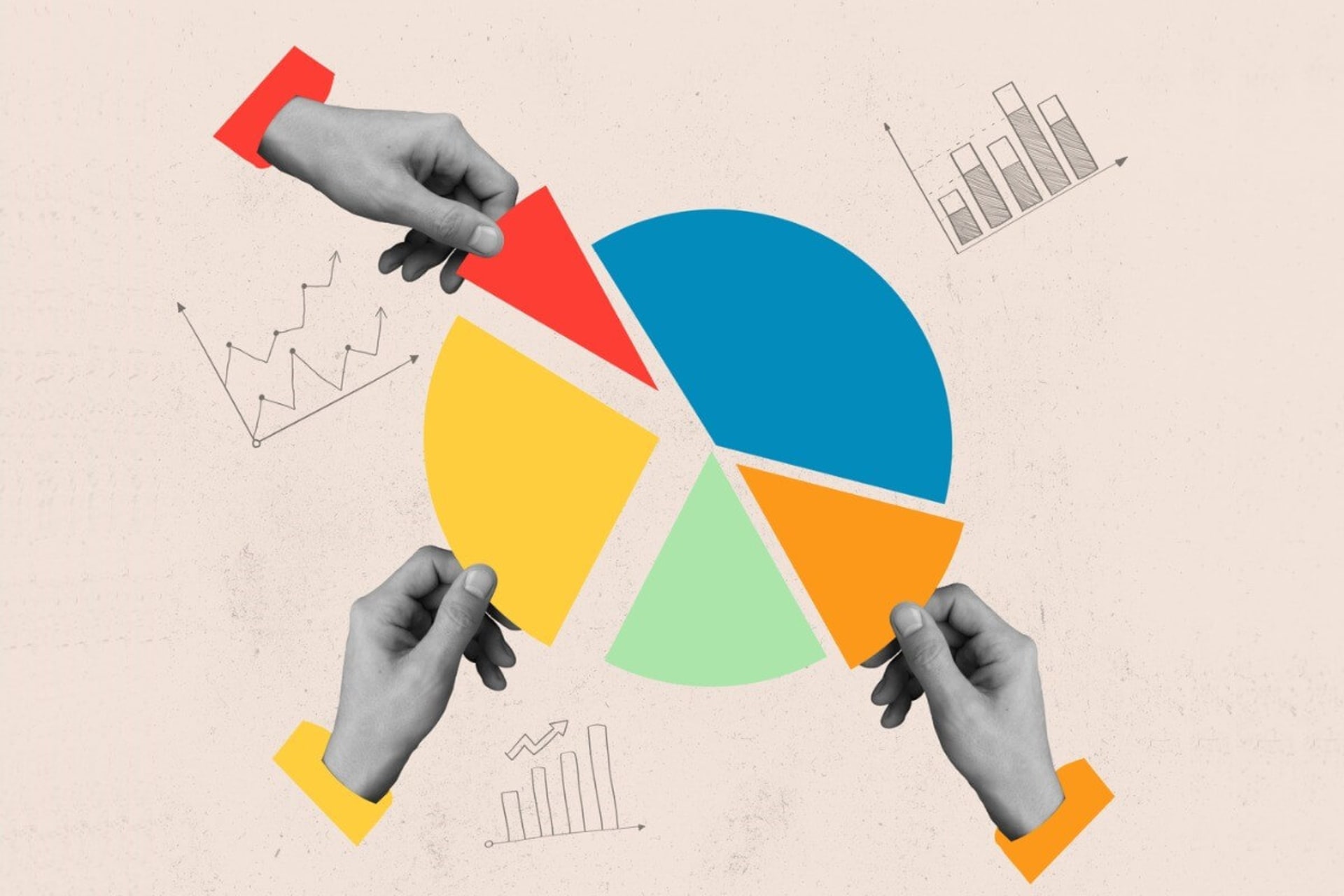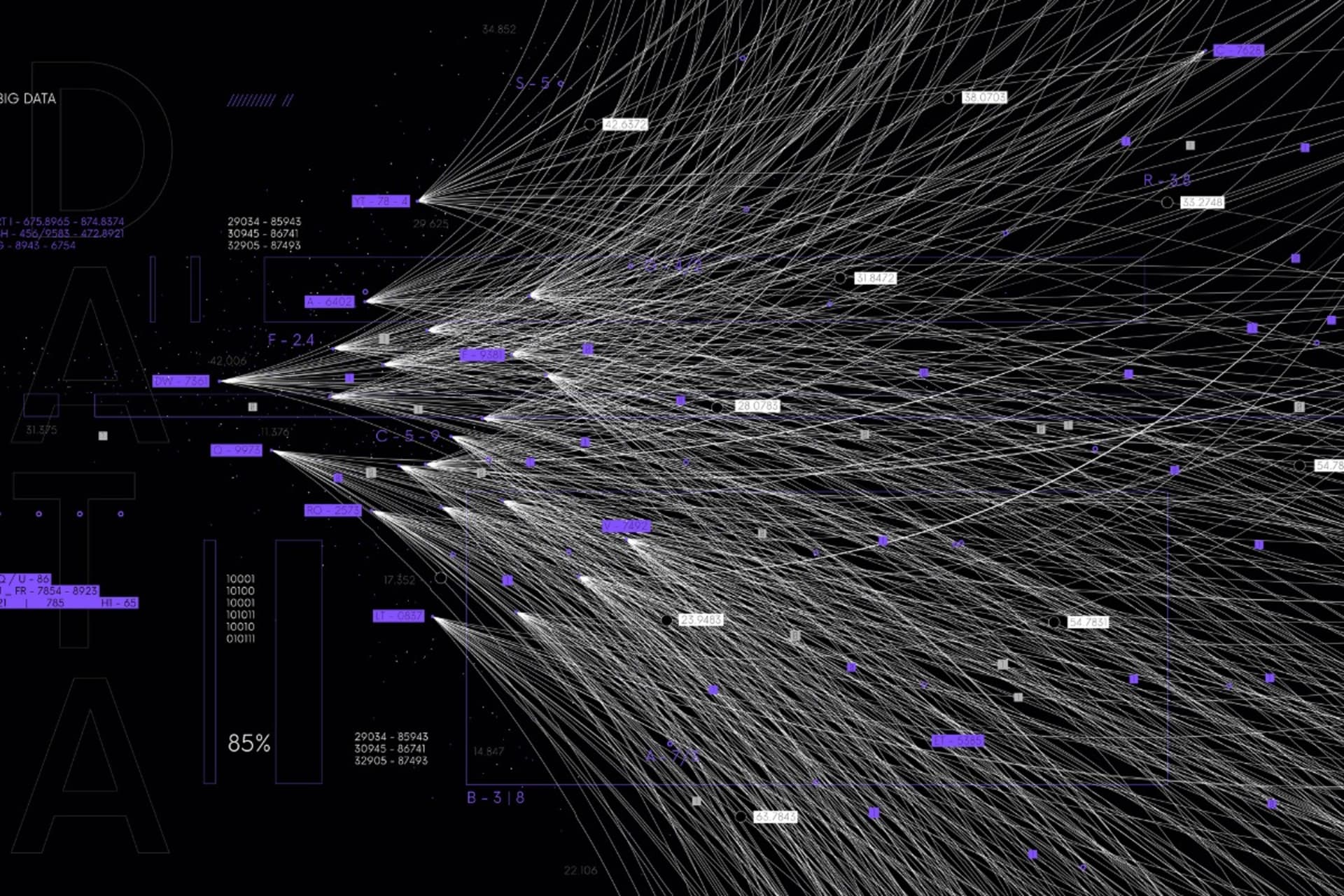Data is becoming more important in every industry, including retail. Why? Because analyzing patterns and trends is the best way to make the critical decisions that drive business success. Big data analytics in retail settings can help leaders make sense of information they collect about customer buying habits and preferences, industry trends, and other relevant factors.
Given the increasing use of big data—that is, data with greater variety, volume, and velocity (the three V’s)—quality analysis is even more important. In the sections below, we explore the importance of data in the retail industry, how it is specifically used, and applications that can help.
The Importance of Data in the Retail Industry
At the heart of every business is a wide variety of decisions about inventory, vendors, locations, floor plans, e-commerce, and, of course, customers. That’s why data is important in retail—it provides critical information needed to inform those decisions, enabling leaders to rely on undeniable facts and trends rather than on guesswork or intuition alone. Such data-based decisions lead to higher profits, lower costs, and happier, more loyal customers.
One example is shopper insights, which a high percentage of retailers and brand manufacturers gather. Rather than guessing what inventory, floor layout, and special services customers like, businesses can find out what’s really on customers’ minds and make decisions based on those insights. Say a retailer believes customers don’t like to be bothered by staff while they’re shopping, and surveys find that customers do want to be approached. Not acting on this insight could lead to an impression that a store offers poor service.
How Can Big Data Be Used in Retail?
According to a recent BairesDev blog post, “There are many use cases for predictive analytics in retail, which give companies a competitive edge in the market.” The post mentions some of the following ways to use the information gleaned from data analytics.
Improve CX. Big data in retail industry operations is particularly useful for improving the customer experience (CX). For example, as businesses collect transaction and interaction information—including from both physical store and online purchases—they learn more about customer habits and can provide targeted recommendations and services. The following video explains why CX is so important, especially post-pandemic.
Fine-tune marketing. The same insights used to create better experiences for individual customers can be used to target small groups of customers in marketing campaigns. For example, through the use of data analytics, a sporting goods store might identify women cyclists as being receptive to certain messages. It can create newsletter items, social media posts, and other items to send those messages.
Adjust pricing. The BairesDev post states, “Predictive price analytics takes into account historical product pricing, consumer interest in the product, inventory, competitor pricing, as well as margins to calculate the best price for each item.” Such analyses result in pricing that provides the perfect balance between profit and sales.
Manage inventory. Inventory is another area that requires the ability to balance various considerations. Not enough in stock means customers might take their business elsewhere rather than wait for an item. Too much means a retailer may have surplus that they must sell at a discounted rate. Predictive analytics can be used to forecast inventory needs.
Big Data Applications in Retail
Big data applications in retail include a variety of solutions. Companies must consider how to effectively manage data throughout the process, including collection, retention, and analysis. Here are some tools that can help.
POS system. Retailers are very familiar with point of sale (POS) systems for ringing up sales. But they can be used for much more. Modern systems include reporting features that can help leaders understand things like customer counts, basket sizes, sales trends, profit margins, and more. Such information is helpful in things like planning inventory, scheduling staff, and managing relationships with vendors.
Marketing analytics. Retailers can analyze customer responses to marketing efforts, including social media, online ads, and newsletters. For example, newsletter platforms can calculate helpful metrics like open rates, average engagement time, and number of clicks. Such information can inform retail professionals about which subject lines, topics, and messages people respond to best.
Foot traffic analytics. Foot traffic is another area that can provide valuable data that can help retailers understand customer patterns, including the number of customers at different times of the day, week, month, and year, as well as how long they stop at certain displays. This information is useful for making staffing decisions and determining which products to continue selling.
With information from multiple sources, companies can combine reports to develop a sophisticated picture of what is happening with all aspects of their operations. Data science in retail and data analytics enable these valuable insights.
The Future of Retail
As we have seen, the amount and speed of data have increased. To keep pace, so have the abilities of computers to process that data. Artificial intelligence (AI) and machine learning (ML) solutions are getting better at data mining for useful insights and will continue to get smarter. In addition to being able to summarize past activity and evaluate what’s happening now, these technologies are helping companies predict what’s to come. Such capabilities are being enhanced and will continue to drive the role of predictive analytics in the retail industry.
What will such insights enable companies to do? For one, it will help them make their services more personalized. For example, if a business can predict what a customer will buy, it can offer it to them in advance, perhaps with a special discount. If a company can determine the likelihood of a competitor’s next marketing campaign, it can counteract them with its own. The bottom line is that the future of retail is based on relevant predictions and the ability to act on them in effective ways.






